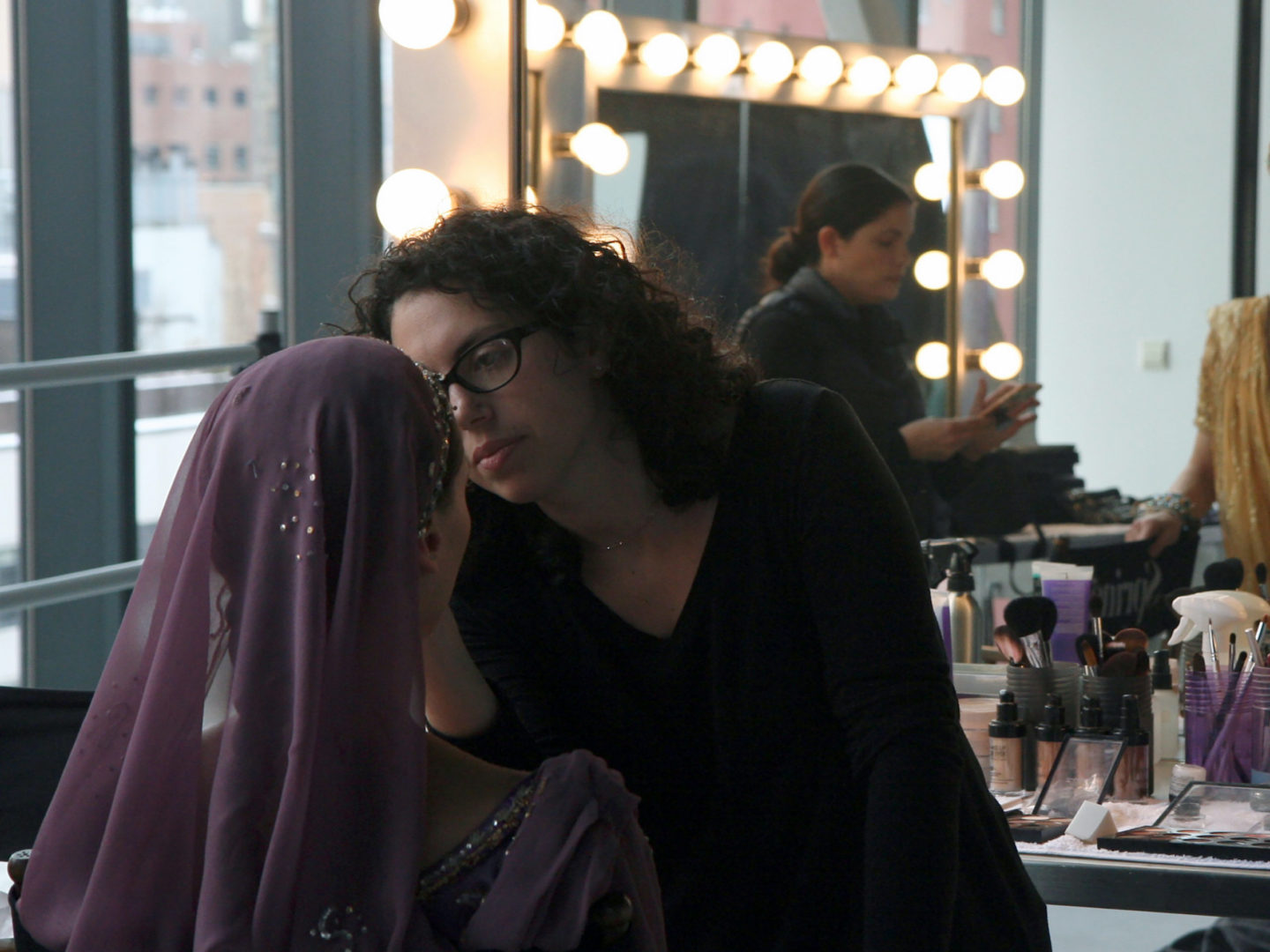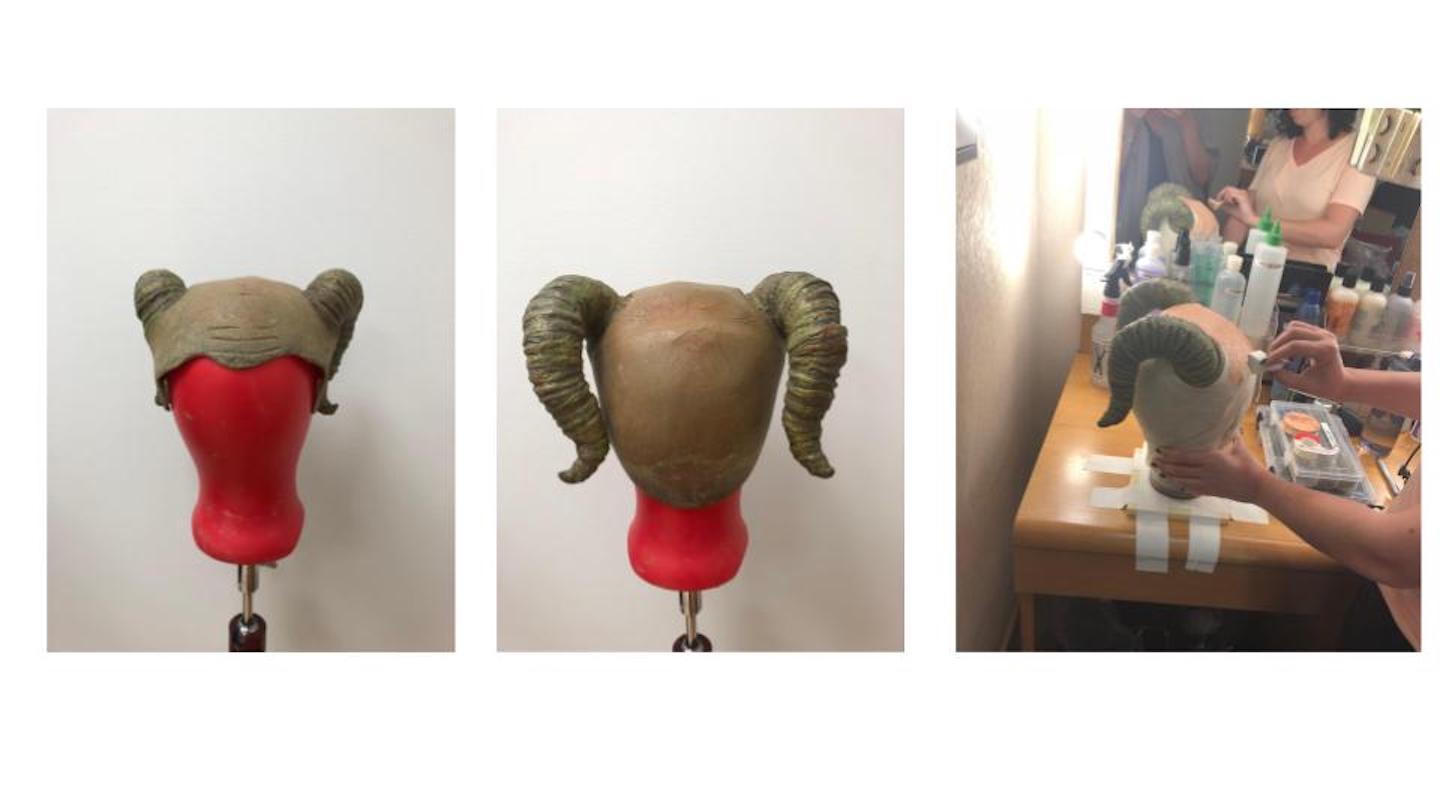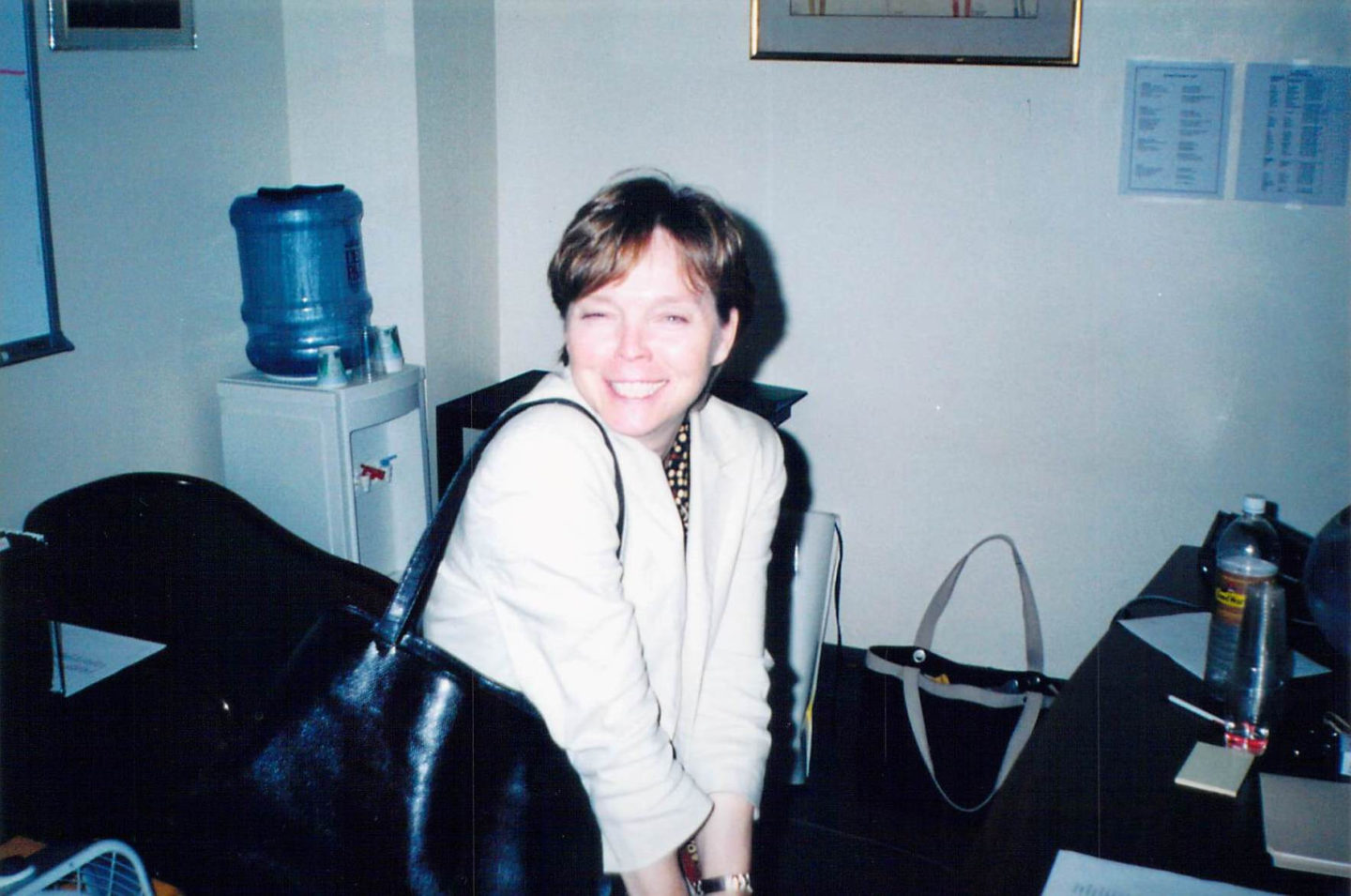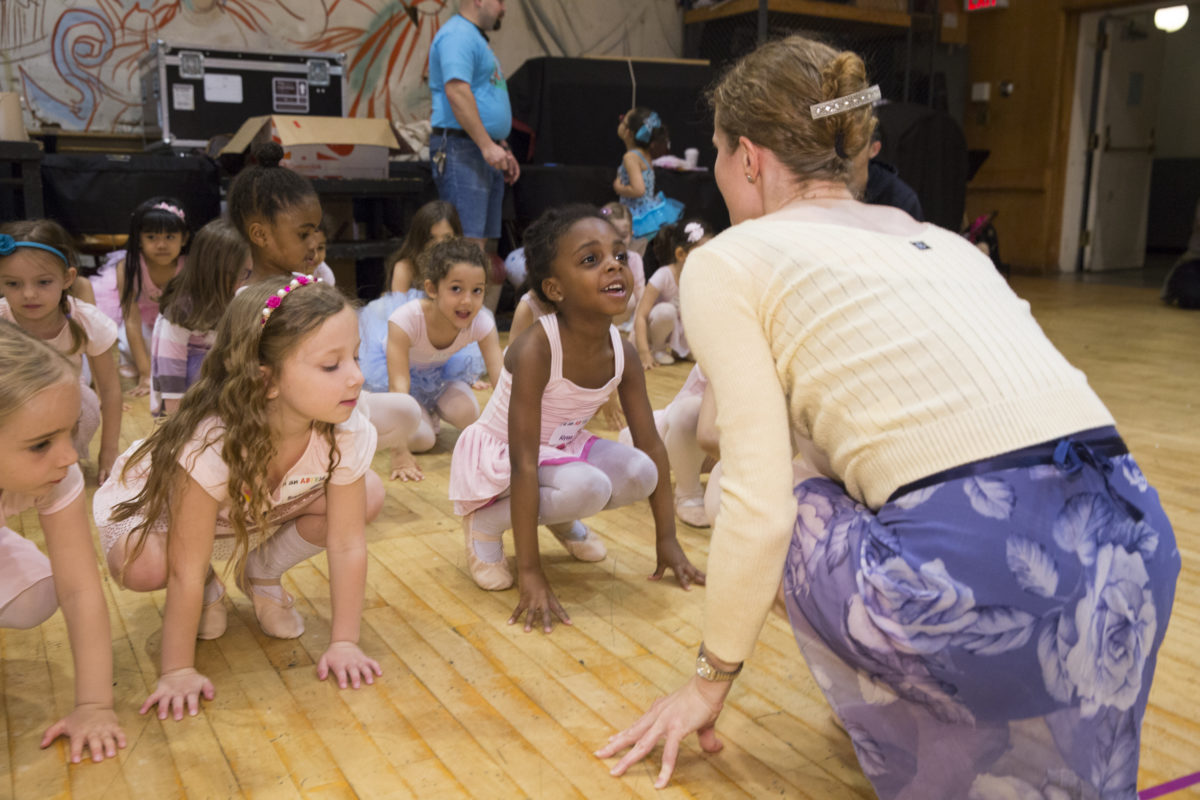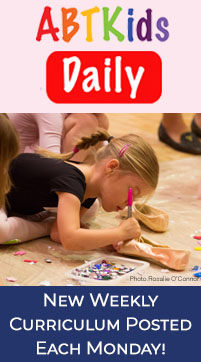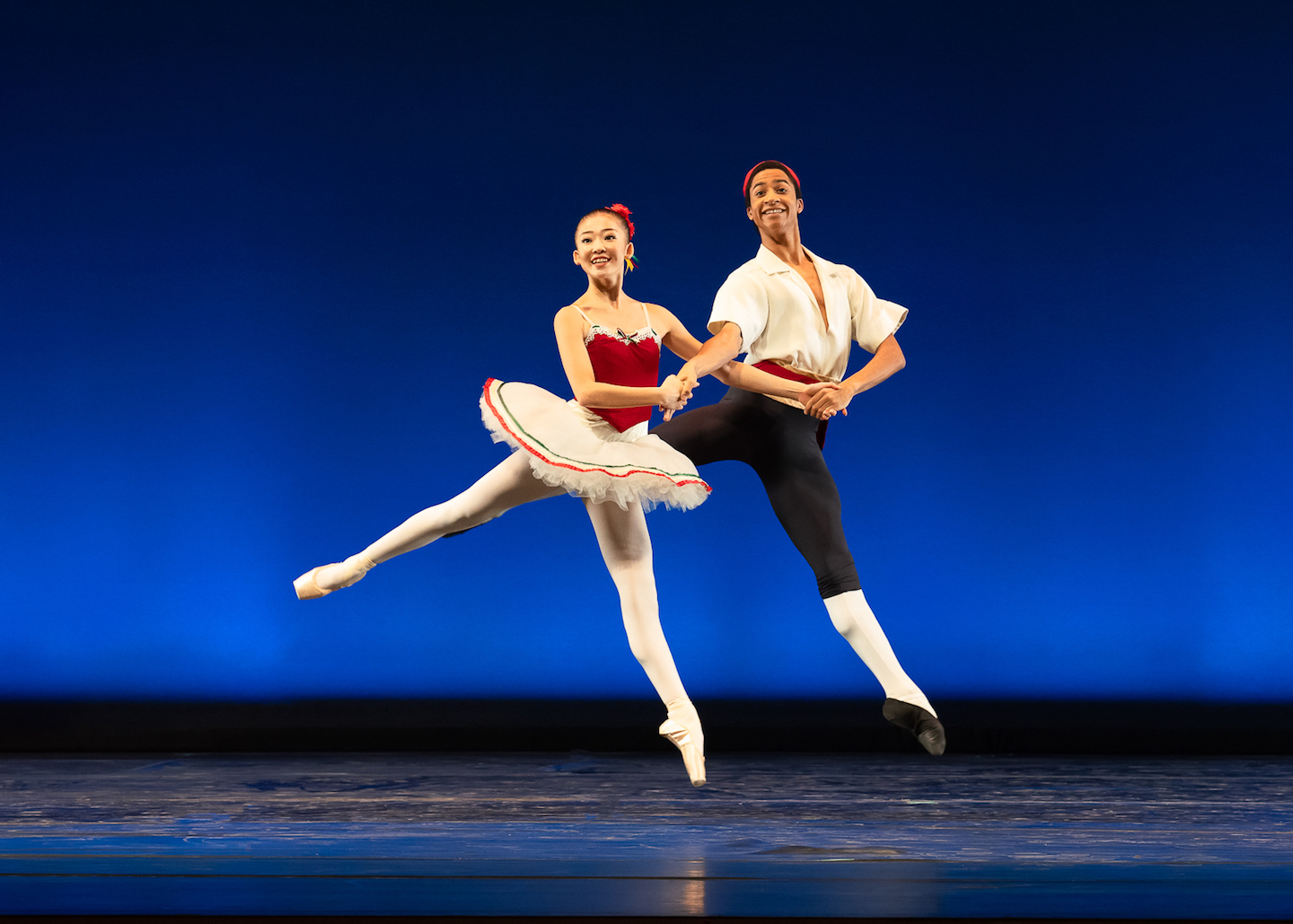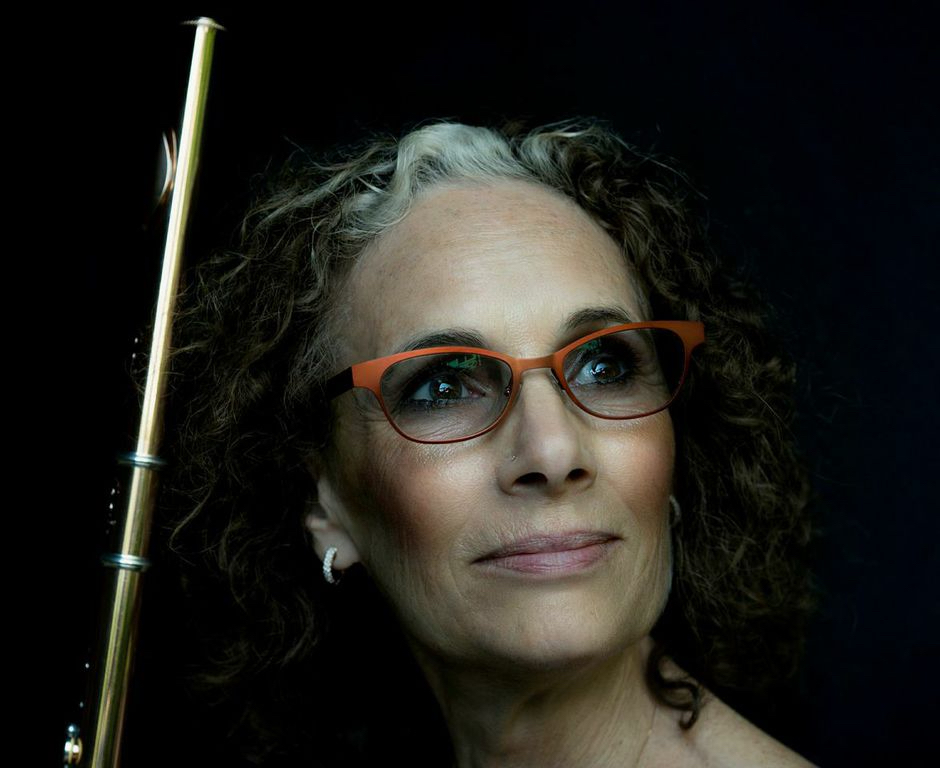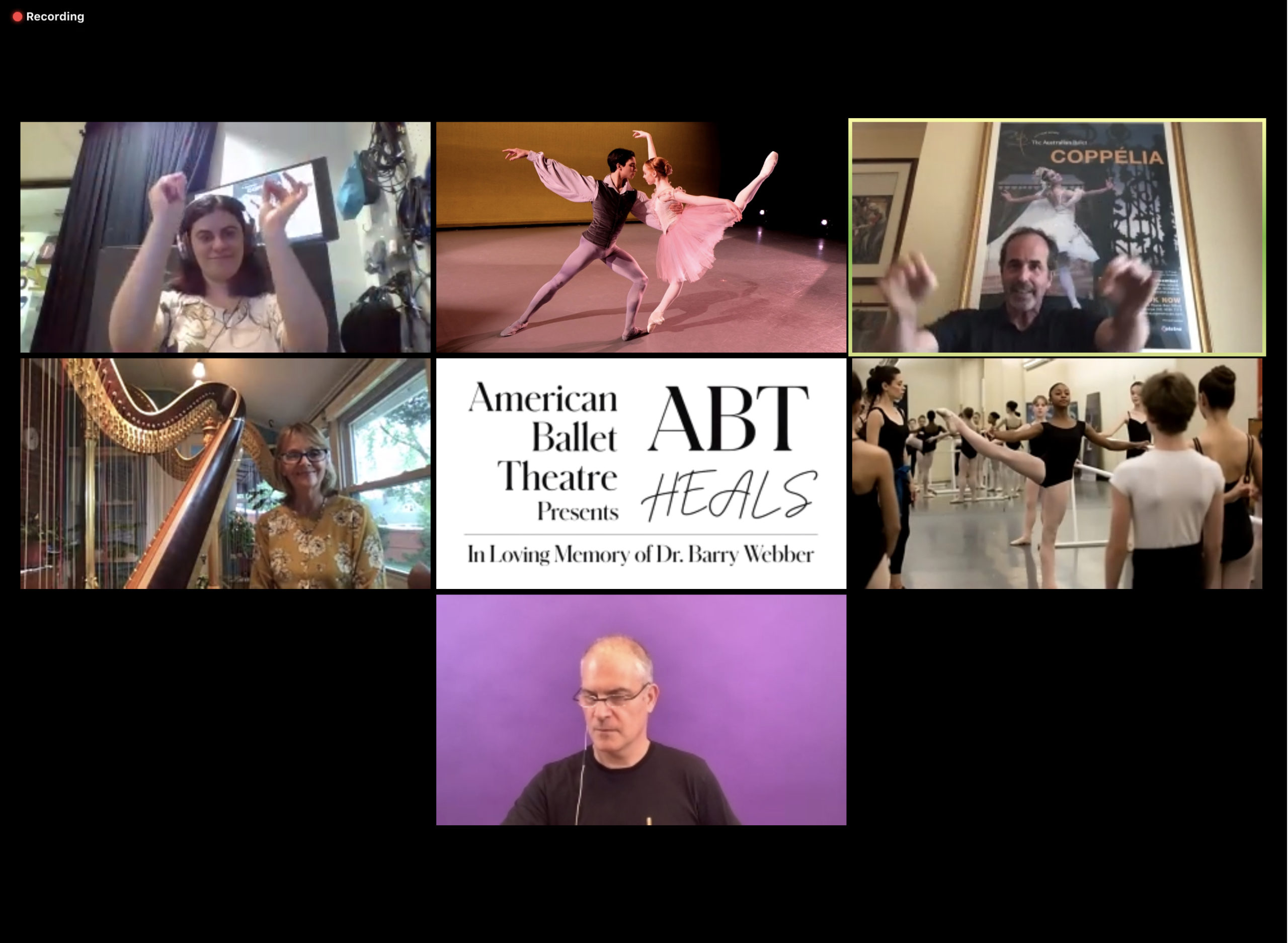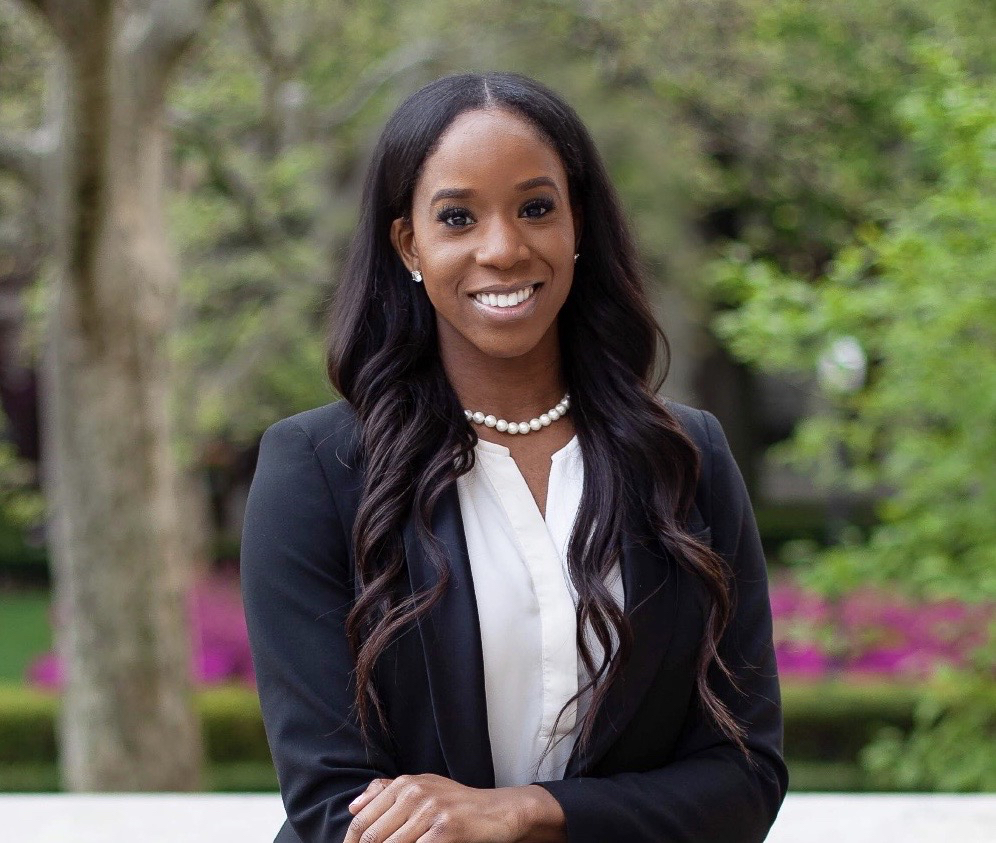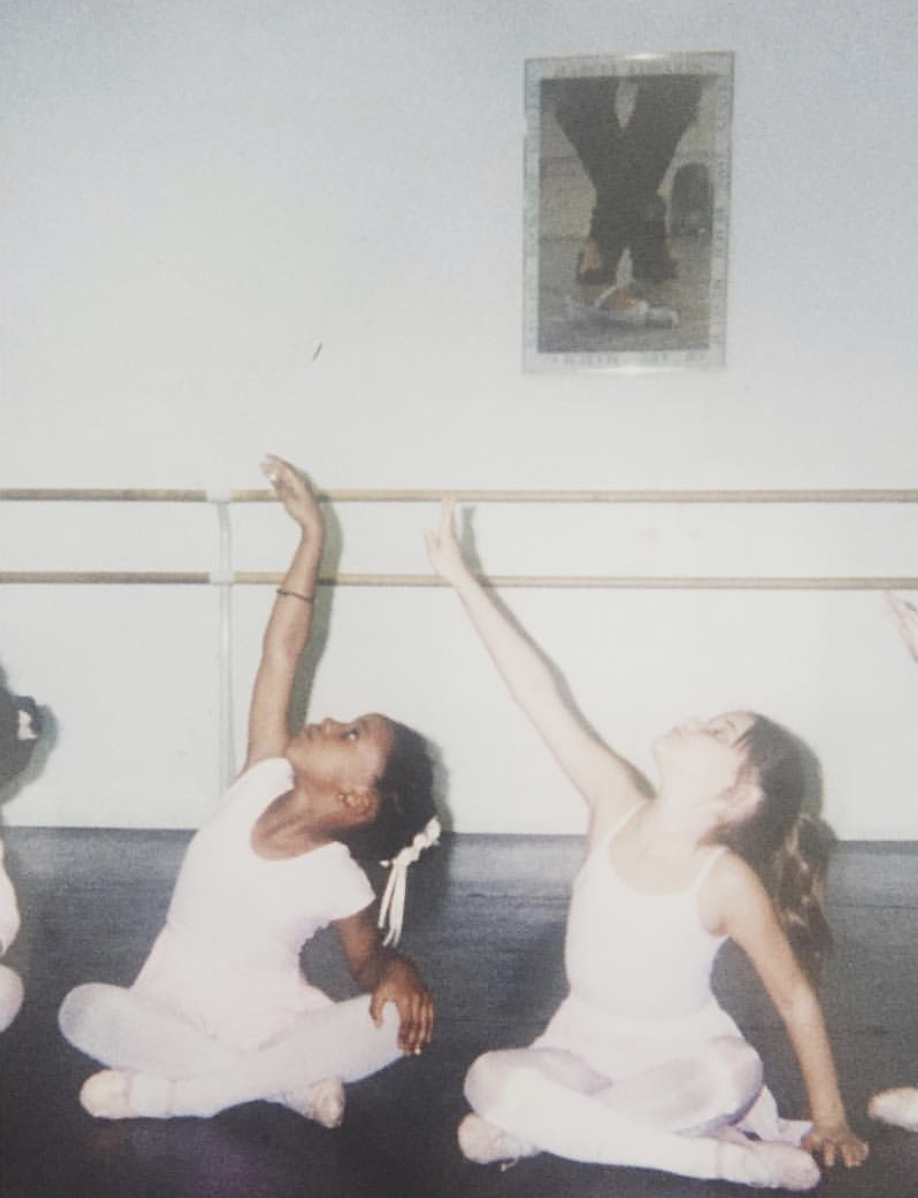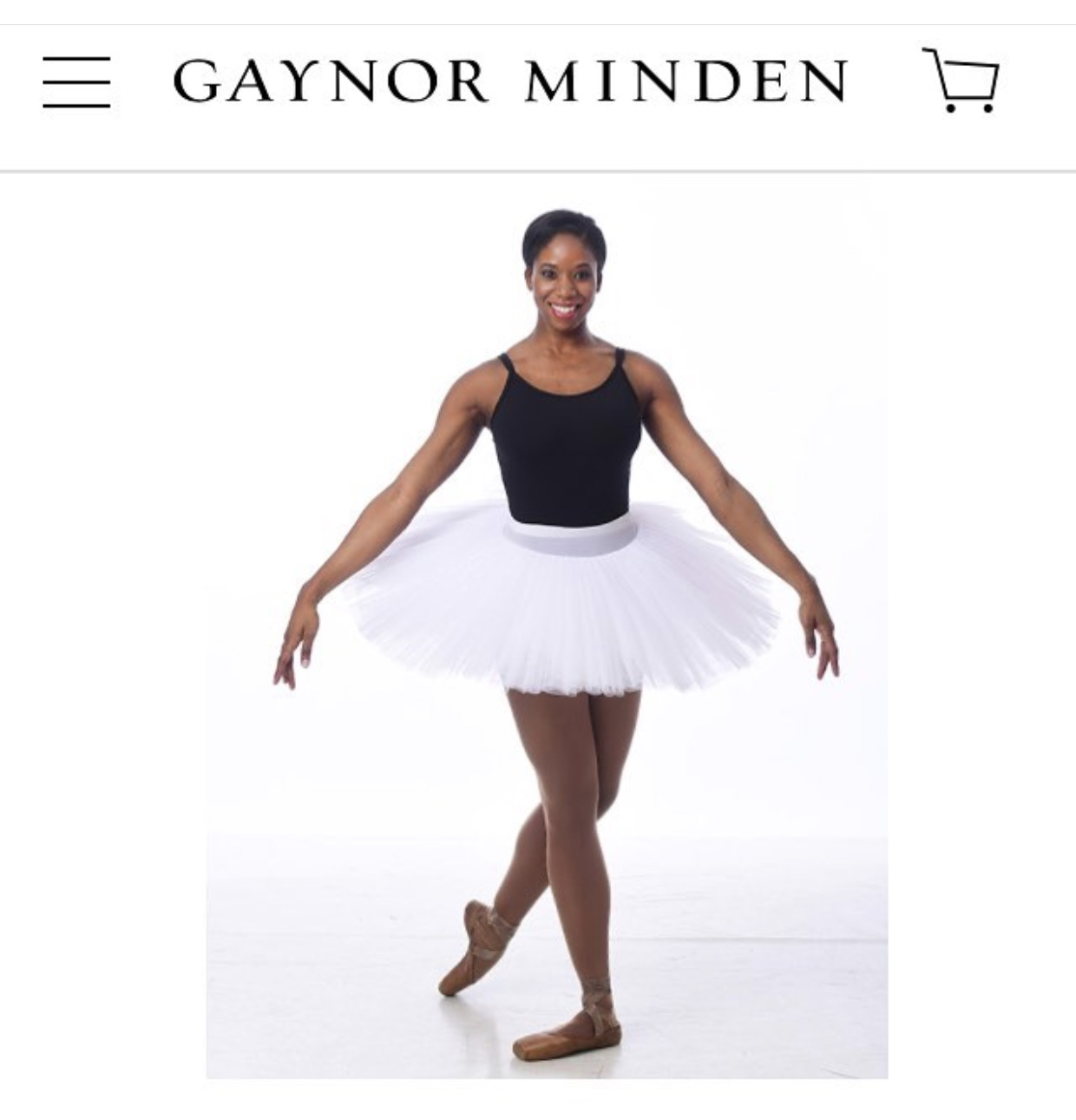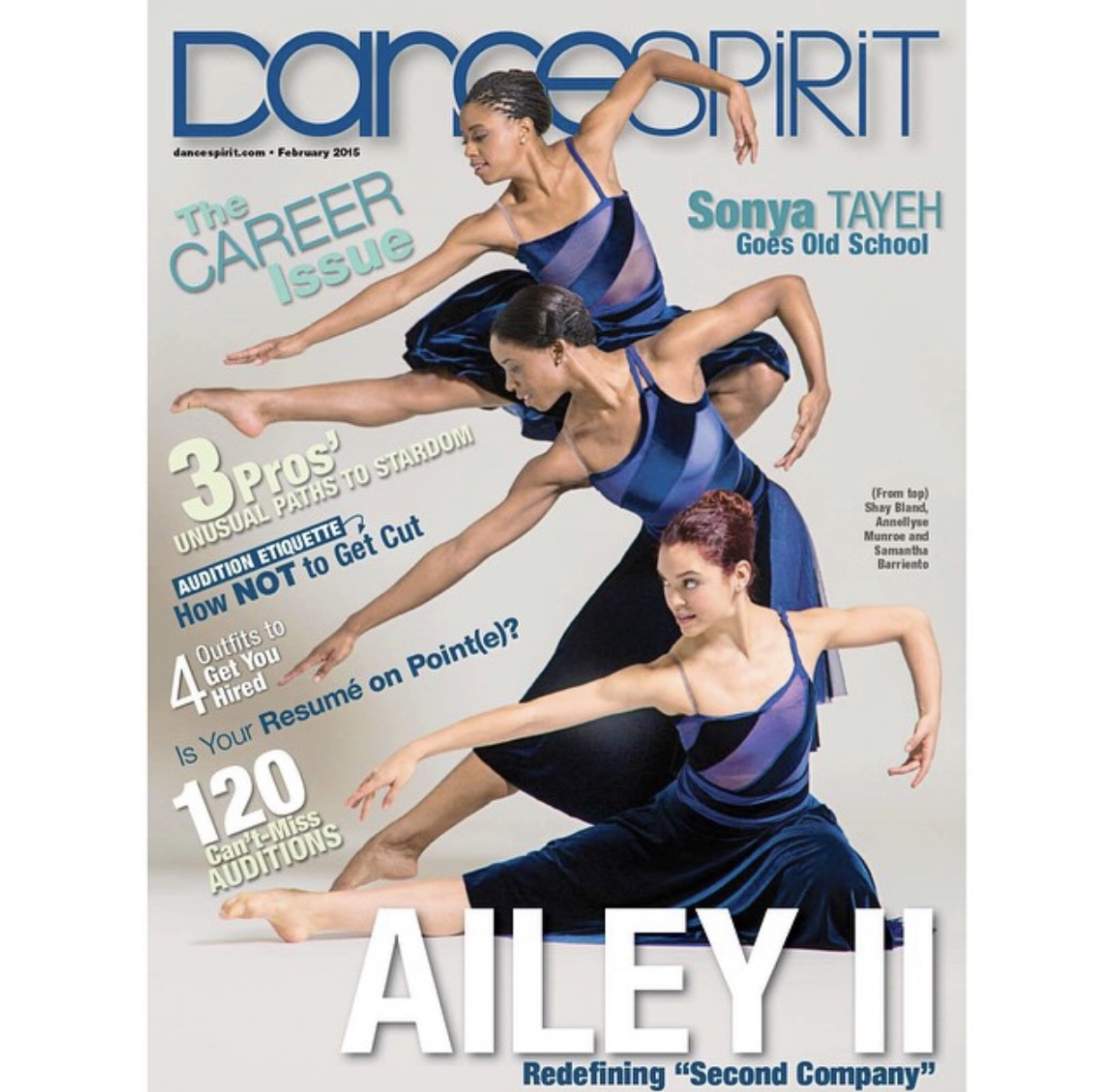October 13, 2020
In April 2020, the ABT National Training Curriculum Teacher Training Intensives made the leap from in person to online courses. Creators of the National Training Curriculum Franco De Vita and Raymond Lukens share their experience with this new virtual world.
"We are honored to work with teachers from around the world via Zoom."
By Franco De Vita, Raymond Lukens
We are two mature men who still write with pens and pencils, type with two fingers, and go into a panic when dealing with computers and the internet. So, for us, it was a scary thought to teach the ABT National Training Curriculum (NTC) Teacher Training Intensives via Zoom.
But the NTC Team, Molly Schnyder, Sonia Jones and Sayako Harada made it happen. It has been an adventure and we are all gaining confidence with every learning curve that comes our way. The NTC Team, from the ABT Education and Training Department, has proven that the “ABT Miracle” does not only apply to performances on stage but also to the work done behind the scenes by the entire organization.
Our first experiment teaching the NTC via Zoom were courses reserved for ABT Company cancers. It went surprisingly well. And what a joy to work with the dancers and with ABT’s Regisseur, Susan Jones. Every time there was a cyber challenge, it was fixed with a great spirit of collaboration from the NTC team and the dancers, just like the ABT family always does.
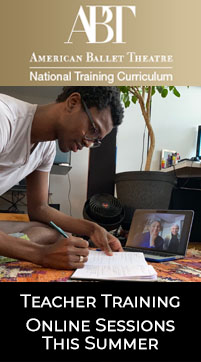
Speaking of the ABT family, it touched us deeply that so many of our ABT Jacqueline Kennedy Onassis School graduates now dancing with the main Company took the course.
It is impossible to describe the happiness we felt seeing their faces and how hard they worked.
We must say that all the ABT dancers’ commitment to learn the NTC was uplifting, especially now with COVID-19. An added plus has been that we were able to visit them all at their homes – virtually of course!
After seeing that the courses were successful for the dancers, the ABT NTC Teacher Training Intensives are being offered to all teachers wishing to participate.
It is mind boggling that we have teachers attending the courses from the entire world, with those in Australia and Asia getting up in the middle of the night to follow the lectures.
We are truly blessed, and we are humbled and honored to be given the opportunity to work with teachers from around the world in this new way online. Still, we look forward to the day we can all meet again at ABT’s historic New York City studios at 890 Broadway.
Franco De Vita and Raymond Lukens designed and codified the ABT National Training Curriculum, which was introduced in 2007. They are now ABT National Training Curriculum Associates Emeriti.

